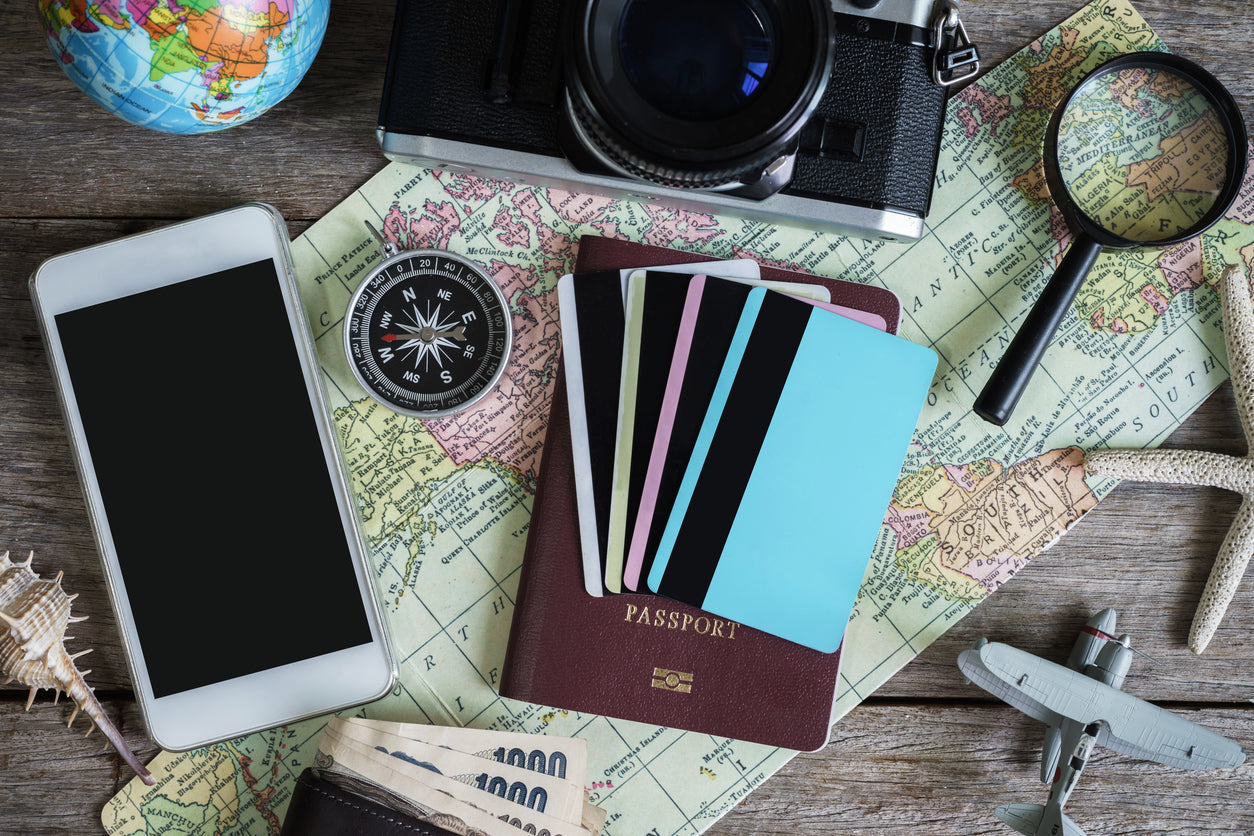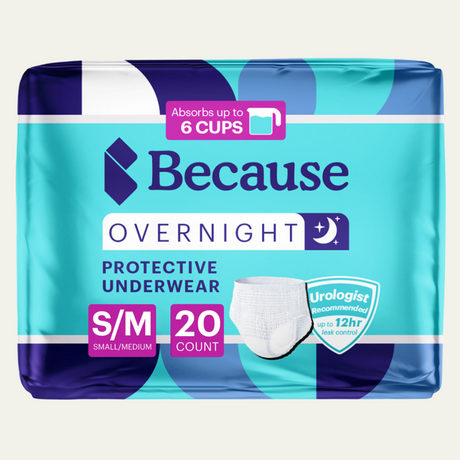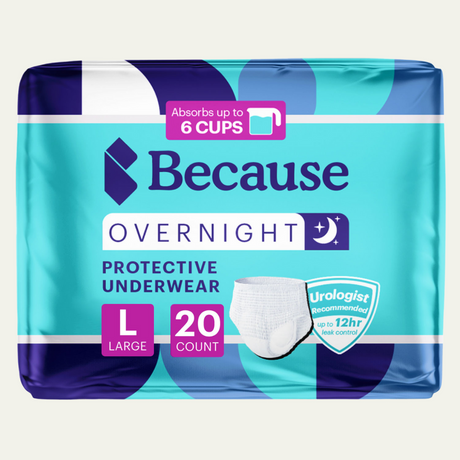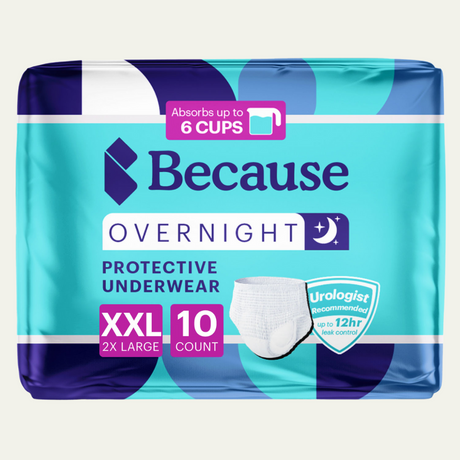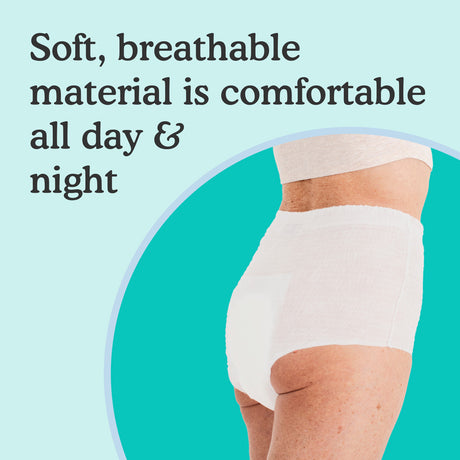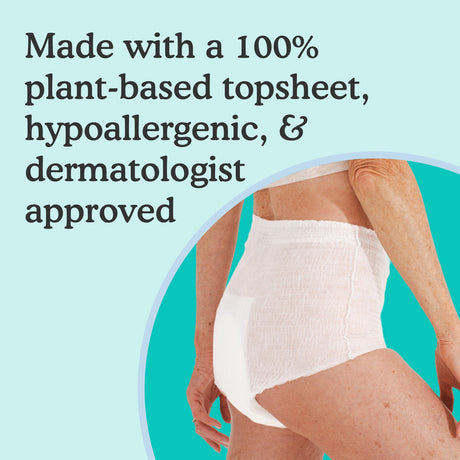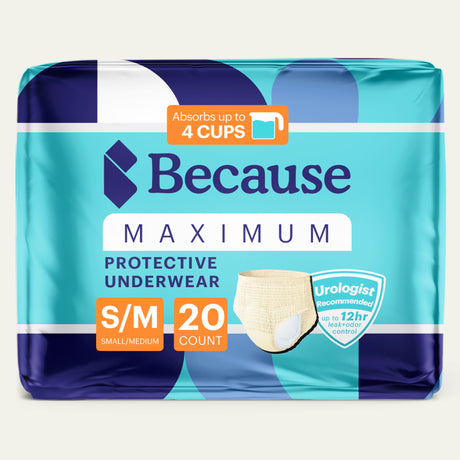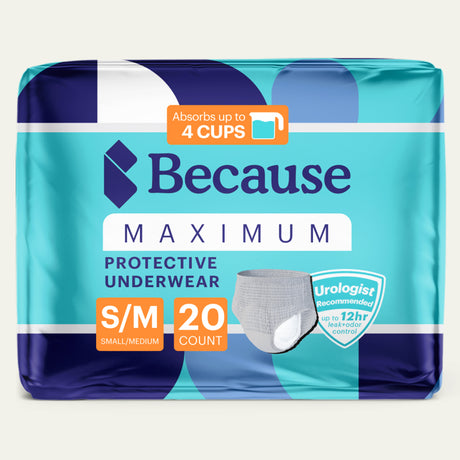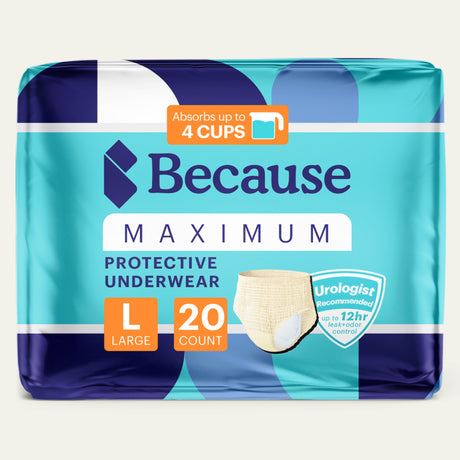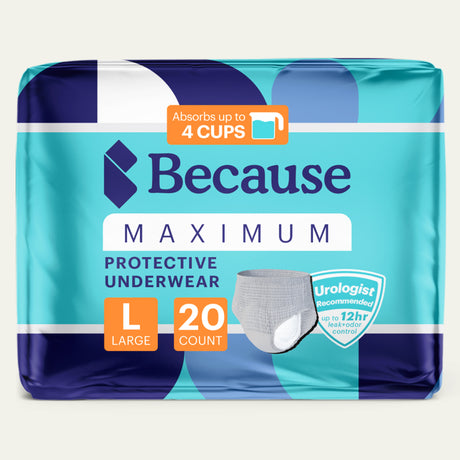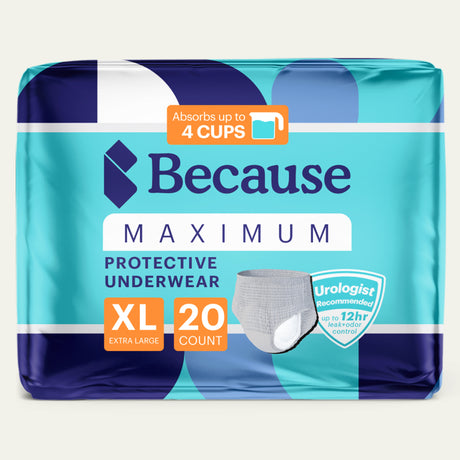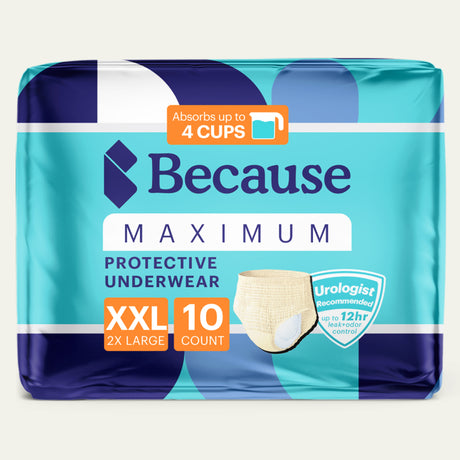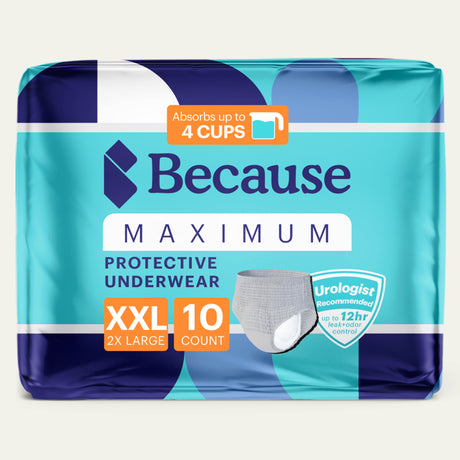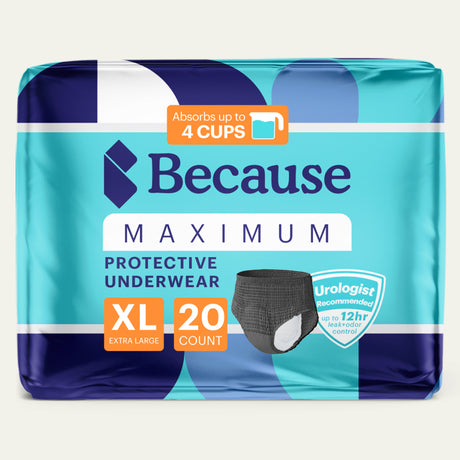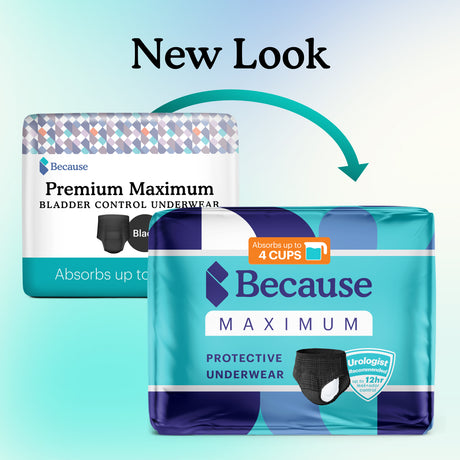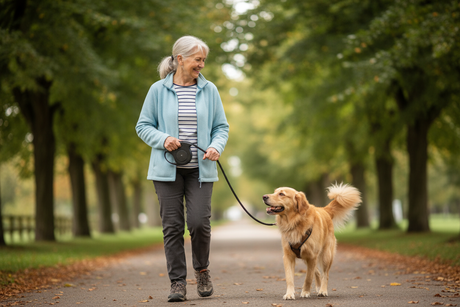Traveling has the remarkable ability to rejuvenate our spirits, broaden our perspectives, and create cherished memories that last a lifetime. However, for older adults living with urinary incontinence, overactive bladder, or bowel incontinence, the thought of embarking on a journey may bring about feelings of apprehension and uncertainty, leaving many feeling overwhelmed. In this comprehensive guide, we will cover a range of practical tips and guidance, empowering you to travel with incontinence while embracing the wonders of the world.
From planning your trip with considerations for your unique needs to choosing the right products and managing symptoms while en route, we will delve into every aspect of traveling with incontinence. Discover how to locate accessible bathrooms, pack smartly, and prioritize self-care during your adventures. We will also explore ways to plan ahead for long trips, communicate with travel companions, and seek support on the go, no matter where you are.

Planning to Travel with Bowel or Urinary Incontinence
Destination Selection and Accommodations
When traveling with bowel or overactive bladder, it's important to select an ideal destination and accommodations that cater to your specific needs. Firstly, consider a destination that provides easy access to medical facilities and pharmacies in case of emergencies or the need for supplies. Research destinations that are known for their accessibility and availability of clean public restrooms. Look for accommodations that offer en-suite bathrooms, preferably with accessible showers and grab bars for added convenience and safety. Additionally, consider properties that provide waterproof bedding and laundry facilities to ensure comfortable and stress-free stays. Reading reviews or contacting the accommodations directly to inquire about their understanding and support for guests with incontinence can be beneficial. Remember to pack an ample supply of your required incontinence products and any necessary medications. With careful planning and consideration, you can enjoy a worry-free and comfortable travel experience while managing your incontinence.
Packing and Essential Supplies
When packing for a trip while managing bowel or urinary incontinence, it's crucial to include essential supplies to ensure comfort and preparedness. Start by estimating the number of incontinence products you'll need for the duration of your trip and pack extras to account for unexpected delays or emergencies.
Consider the type of product that suits your needs, whether it's disposable briefs, pads, or protective underwear. If using reusable products, pack a sufficient number along with a waterproof bag to store soiled items. Include hand sanitizer, and disposable bags for proper hygiene and discreet disposal. You may also want to consider wet wipes or flushable wipes for on-the-go cleaning.
If you rely on specific skin creams, ointments, or medications, ensure you have extra supplies. You may want to speak with your doctor about any additional medications, supplements or treatments you can take during your trip to make things easier as well.
It may be helpful to divide the supplies into smaller, portable kits that can easily fit in your travel bag or suitcase. Lastly, don't forget to carry a change of clothes, including underwear, pants, and socks, to handle any accidents that may occur. By packing these essential supplies, you can travel confidently and be well-prepared to manage your incontinence needs throughout your trip.
Train Your Bladder & Strengthen Your Pelvic Floor
Prior to traveling with bowel or urinary incontinence, engaging in bladder training and strengthening your pelvic floor can be incredibly beneficial in preparing for the journey. Bladder training involves gradually increasing the time between bathroom visits to improve bladder control and reduce urgency. By practicing this technique before your trip, you can extend the intervals between restroom breaks and have more control over your bladder. This technique can be especially useful for those who suffer from overactive bladder.
Additionally, strengthening your pelvic floor muscles through exercises such as Kegels can help improve bladder and bowel control. Regularly performing pelvic floor exercises prior to traveling can enhance muscle tone, reduce leakage, and increase overall pelvic floor strength. It's important to start these exercises well in advance of your trip to allow enough time for improvement. By incorporating bladder training and pelvic floor strengthening into your routine, you can gain more confidence in managing your incontinence and have a more enjoyable travel experience.
Take Bladder Control Supplements
Taking bladder control supplements can be a helpful strategy when traveling with urinary incontinence. These supplements often contain natural ingredients like pumpkin seed extract, cranberry extract, or saw palmetto, which are known to support bladder health and urinary function.
By taking these supplements regularly, they may help reduce urinary frequency, urgency, and leakage. It's important to consult with a healthcare professional before starting any new supplements to ensure they are appropriate for your specific needs and medical history.
When traveling, having the added support of bladder control supplements can provide an extra layer of confidence and peace of mind. However, it's essential to remember that these supplements should not replace other management strategies, such as pelvic floor exercises or lifestyle modifications. By combining bladder control supplements with other techniques, you can optimize your ability to manage urinary incontinence while on the go.

Practical Tips for Traveling with Incontinence
Finding restrooms while traveling with incontinence can be crucial to managing your condition effectively. Here are some tips to help you locate restrooms more easily:
- Plan ahead: Before embarking on your trip, research the areas you'll be visiting and identify accessible restrooms in advance. Look for locations such as shopping malls, restaurants, and tourist attractions that are likely to have clean and available public toilets. If possible, plan bathroom breaks in advance at locations and times where you know you will have access to everything you need.
- Mobile apps and websites: Utilize mobile apps or websites that provide information about nearby restrooms. Some apps, like SitOrSquat and Flush, offer user-generated reviews and ratings to help you find clean and accessible restrooms in unfamiliar locations.
- Public facilities: Train stations, airports, and bus terminals often have public restrooms available for travelers. Familiarize yourself with the layout of these facilities and note the locations of the nearest restrooms for convenience.
- Ask for assistance: Don't hesitate to ask hotel staff, restaurant personnel, or locals for directions to the nearest restroom. People are generally understanding and willing to help.
- Stay hydrated: While it may seem counterintuitive, staying hydrated is important for overall health. However, be mindful of your fluid intake and plan for frequent restroom breaks accordingly.
- Carry a "restroom card": Consider carrying a discreet "restroom card" that explains your condition to politely request restroom access in cases of urgency. There are printable templates available online that can be easily carried in your wallet or pocket.
It’s a good idea to always carry a small supply of extra incontinence products, wet wipes, and a change of clothes in a discreet and easily accessible bag to maintain
cleanliness and discreetly manage any accidents. By being proactive and prepared, you can navigate your travels more comfortably, ensuring access to restrooms when needed.

Choosing the Right Incontinence Solutions for Travel
When choosing incontinence products for travel, it's important to consider your specific needs and preferences.
Incontinence pads and underwear offer discreet and convenient protection. Pads are designed to be worn with regular underwear and come in various absorbency levels to suit different needs. Incontinence underwear, on the other hand, are similar to regular underwear but have built-in absorbent material, providing both comfort and protection. Disposable bed pads are essential for protecting bedding and can be easily discarded after use. Portable urinals are compact and designed for discreet and convenient use while on the go, especially during long journeys or when restroom access is limited.
Bedside commodes are portable toilet chairs that can be placed by the bedside for easy access, particularly helpful for individuals with limited mobility. When traveling, it's crucial to pack sanitation and hygiene supplies such as wet wipes, hand sanitizers, and disposable bags for proper cleanup and disposal. It's recommended to choose products based on absorbency level, comfort, discretion, and ease of use to ensure a comfortable and stress-free travel experience while managing incontinence.
Not sure which product is right for you? Take our quiz and get a sample pack to try.
If you're struggling with incontinence, join one of our private support groups today!
Women's Incontinence Support Group
Men's Incontinence Support Group
Traveling isn't the only scenario where you might need to manage your incontinence on-the-go. Check out our blog on incontinence in the workplace for managing leaks, accommodations, and prepping kits in advance.
Sources:
Continence Foundation of Australia. (n.d.). Travel tips. Retrieved from https://www.continence.org.au/incontinence/management/travel-tips
WebMD. (n.d.). Travel well with an overactive bladder. Retrieved from https://www.webmd.com/urinary-incontinence-oab/oab-travel-well
AgingCare. (n.d.). Tips for traveling with bladder issues. Retrieved from https://www.agingcare.com/articles/tips-for-traveling-with-bladder-issues-174554.htm
Pelvic Health Support. (n.d.). Restroom access cards. Retrieved from https://www.pelvichealthsupport.ca/product/restroom-access-cards/
